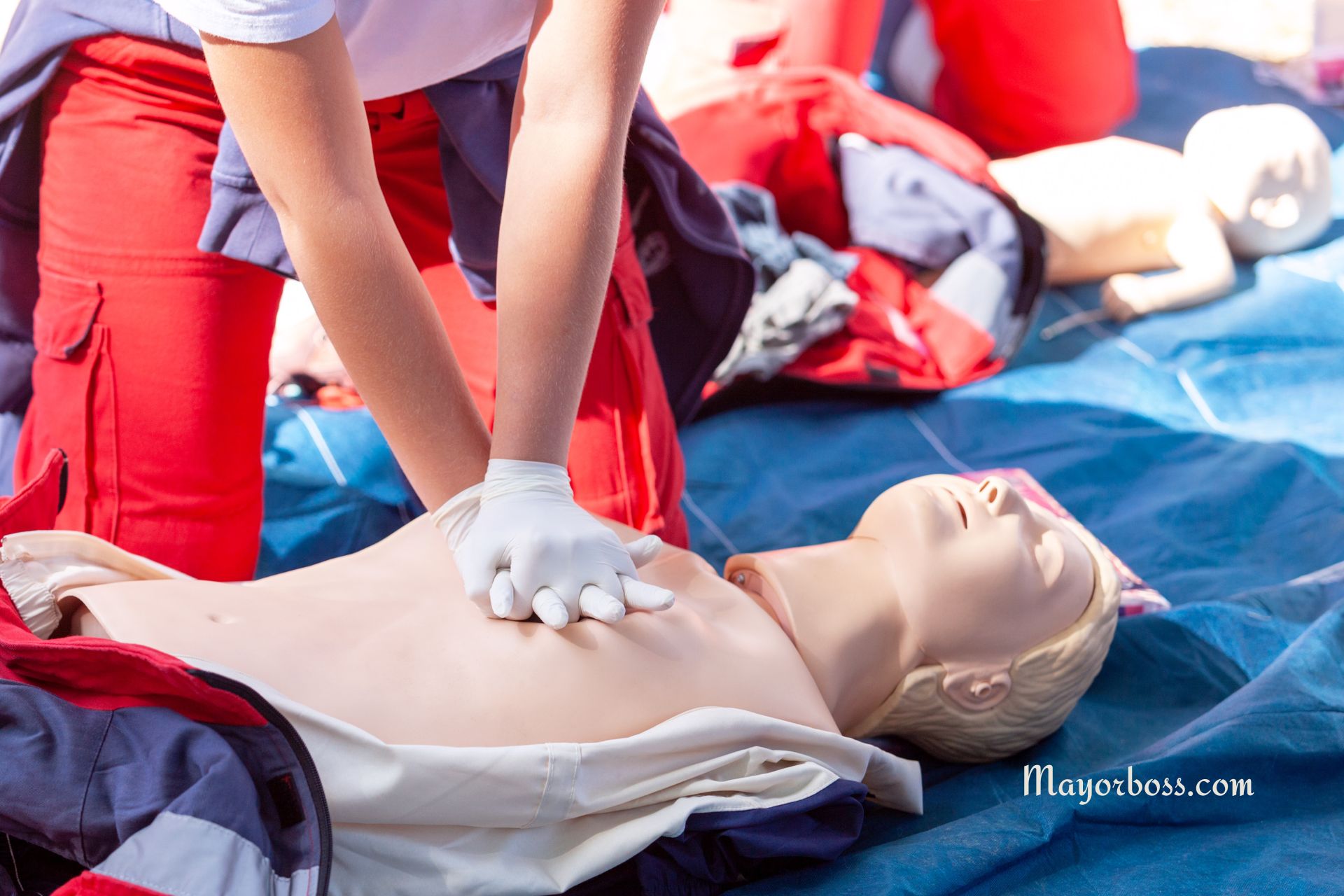How Does CPR Differ in an Unresponsive Adult Choking Victim
When faced with an unresponsive adult choking victim, the approach to CPR (Cardiopulmonary Resuscitation) requires specific adaptations from the standard procedure. This situation is both critical and delicate, as it involves a blocked airway, which must be cleared to restore breathing and circulation. Let’s delve into how CPR differs in this scenario, outlining key steps and considerations to effectively aid an unresponsive adult choking victim.

Understanding the Situation
Choking in adults typically happens when food or other objects become lodged in the throat or windpipe, blocking the free flow of air. In cases where the victim becomes unresponsive, immediate action is crucial. The standard CPR procedure is modified to address the airway obstruction first.
Steps for CPR in an Unresponsive Adult Choking Victim
- Check Responsiveness and Call for Help
- Quickly check if the victim is responsive. If there is no response, shout for help. Ask someone to call emergency services immediately. If you’re alone, perform CPR for about two minutes before pausing to call emergency services yourself.
- Open the Airway
- Carefully lay the victim flat on their back and open their airway using the head-tilt-chin-lift method. This involves tilting the head back and lifting the chin to open the airway.
- Look, Listen, and Feel for Breathing
- Before commencing compressions, check for breathing by looking for chest movement, listening for breath sounds, and feeling for air movement. This should take no longer than 10 seconds.
- Begin Chest Compressions
- If the victim is not breathing, start with chest compressions immediately. Unlike a typical CPR scenario where you might give rescue breaths after 30 compressions, in the case of choking, the focus is on dislodging the object blocking the airway.
- Place the heel of one hand on the center of the victim’s chest, placing the other hand on top, and interlock your fingers. Press down firmly and smoothly, allowing the chest to rise completely between compressions. The depth should be at least 2 inches, and the rate should be 100 to 120 compressions per minute.
- Check the Mouth Regularly
- After every set of compressions (usually after 30 compressions), open the victim’s mouth and look for the obstructing object. If visible, try to remove it using a finger sweep. However, avoid blind finger sweeps as they can push the object deeper into the airway.
- Attempt Rescue Breaths
- If the object has been dislodged and the airway seems clear, attempt rescue breaths. If the breath does not make the chest rise as expected, it indicates the airway is still blocked, and you should continue with chest compressions.
- Continue CPR
- Continue the cycle of chest compressions and checking the airway until medical help arrives or the object is dislodged and the victim starts to breathe or show signs of life.
Key Considerations
- Airway Blockage: The primary difference in CPR for an unresponsive choking victim is the initial focus on clearing the airway blockage.
- Chest Compressions: Chest compressions can help dislodge the object, making them a critical component of CPR in choking scenarios.
- Avoid Delay: Immediate action is crucial. A delay in starting CPR can reduce the chances of survival.
Frequently Asked Questions
- Can I perform abdominal thrusts on an unresponsive choking victim? No, abdominal thrusts (Heimlich maneuver) are not recommended for unresponsive victims. Chest compressions are the most effective method in such cases.
- How can I tell if the airway is clear? The airway is considered clear if you can see the object and remove it or if rescue breaths make the chest rise, indicating air is passing into the lungs.
- What if I can’t remove the object blocking the airway? Continue with chest compressions and checking the mouth between sets. Do not attempt to remove the object if it is not visible or easily accessible to avoid pushing it deeper.
